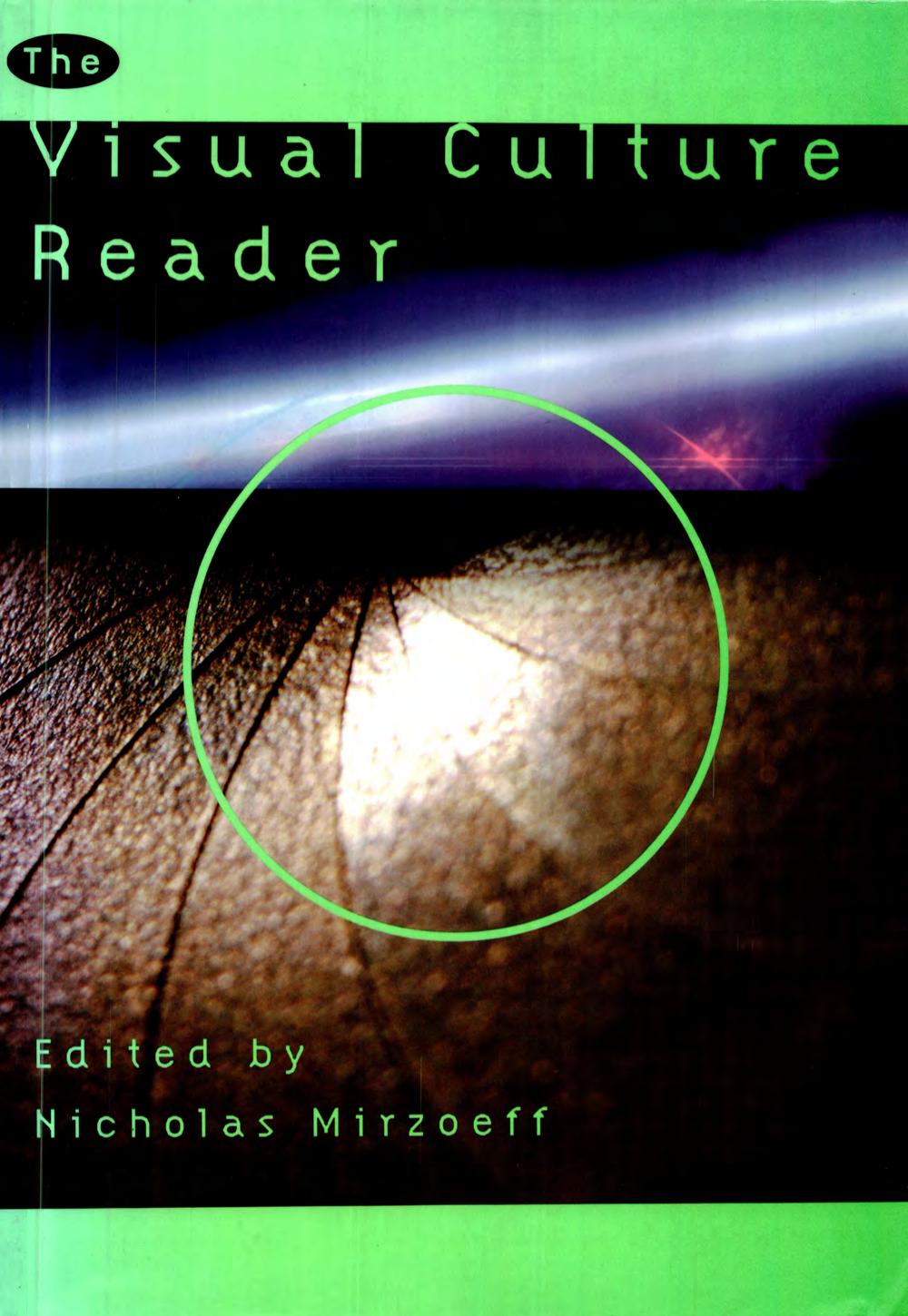Laikwan Pang: The Distorting Mirror: Visual Modernity in China (2007)
Filed under book | Tags: · advertising, china, cinema, film, modernity, photography, theatre, visual culture

“The Distorting Mirror analyzes the multiple and complex ways in which urban Chinese subjects saw themselves interacting with the new visual culture that emerged during the turbulent period between the 1880s and the 1930s. The media and visual forms examined include lithography, photography, advertising, film, and theatrical performances. Urbanites actively engaged with and enjoyed this visual culture, which was largely driven by the subjective desire for the empty promises of modernity—promises comprised of such abstract and fleeting concepts as new, exciting, and fashionable.
Detailing and analyzing the trajectories of development of various visual representations, Laikwan Pang emphasizes their interactions. In doing so, she demonstrates that visual modernity was not only a combination of independent cultural phenomena, but also a partially coherent sociocultural discourse whose influences were seen in different and collective parts of the culture. The work begins with an overall historical account and theorization of a new lithographic pictorial culture developing at the end of the nineteenth century and an examination of modernity’s obsession with the investigation of the real. Subsequent chapters treat the fascination with the image of the female body in the new visual culture; entertainment venues in which this culture unfolded and was performed; how urbanites came to terms with and interacted with the new reality; and the production and reception of images, the dynamics between these two being a theme explored throughout the book.
Modernity, as the author shows, can be seen as spectacle. At the same time, she demonstrates that, although the excessiveness of this spectacle captivated the modern subject, it did not completely overwhelm or immobilize those who engaged with it. After all, she argues, they participated in and performed with this ephemeral visual culture in an attempt to come to terms with their own new, modern self.”
Publisher University of Hawaii Press, 2007
ISBN 0824830938, 9780824830939
280 pages
PDF (updated on 2013-8-26)
Comments (2)Paul Frosh: The Image Factory. Consumer Culture, Photography and the Visual Content Industry (2003)
Filed under book | Tags: · commerce, image, industry, photography, semiotics, visual culture

Quietly but implacably, powerful transnational corporations are gaining power over our visual world. A ‘global, visual content industry’ increasingly controls images supplied to advertisers, marketers and designers, yet so far the process has, paradoxically, evaded the public eye. This book is the first to expose the interior workings of the visual content industry, which produces approximately 70% of the images that define consumer cultures. The corporate acquisition of major photographic and film archives, as well as the digital rights to much of the worlds fine art, is having a profound effect on what we see. From stock photography to new technologies, this book powerfully engages with the historical and cultural issues relating to visual culture and new media. How has stock photography, the system of renting out ready-made images, transformed the role of marketing and advertising? What impact are digital technologies having on the practices of industry professionals? How have software programs such as Photoshop enabled professionals to play God with photographs and how does this influence our belief in the integrity of images? Combining original research on stock photography with a new theoretical take on the circulation of images in contemporary culture, The Image Factory provides a comprehensive and in-depth exploration of industrialized commercial photography, its uses and abuses.
Publisher Berg Publishers, 2003
ISBN 1859736424, 9781859736425
237 pages
PDF (updated on 2013-6-19)
Comment (1)Nicholas Mirzoeff (ed.): The Visual Culture Reader (1998–)
Filed under book | Tags: · art history, digital cinema, feminism, popular culture, postmodernism, telepresence, virtual reality, visual culture

“The Visual Culture Reader brings together key writings as well as specially commissioned articles covering a wealth of visual forms including photography, painting, sculpture, fashion, advertising, television, cinema and digital culture. The Reader features an introductory section tracing the development of visual culture studies in response to globalization and digital culture, and articles grouped into thematic sections, each prefaced by an introduction by the editor and conclude with suggestions for further reading.”
Publisher Routledge, London & New York, 1998
ISBN 0415141346, 9780415141345
xvi+530 pages
Second edition, revised
Publisher Routledge, 2002
ISBN 0415252229, 9780415252225
xix+737 pages
Publisher (3rd ed.)
PDF (1st ed., 12 MB; added on 2021-3-11)
PDF (2nd ed., 35 MB, no OCR, some pages missing, updated on 2012-7-18)

